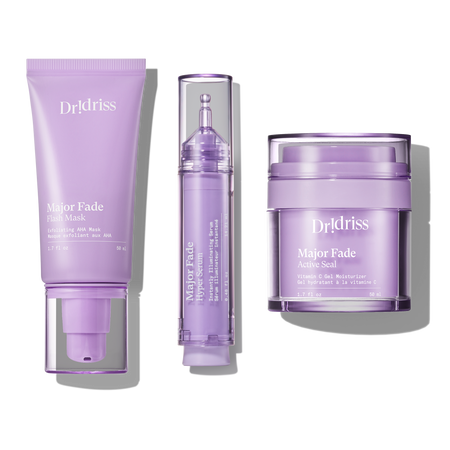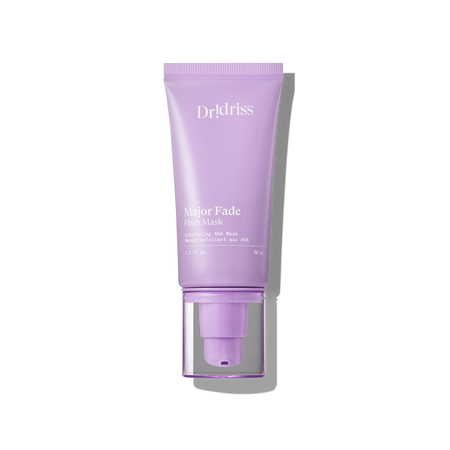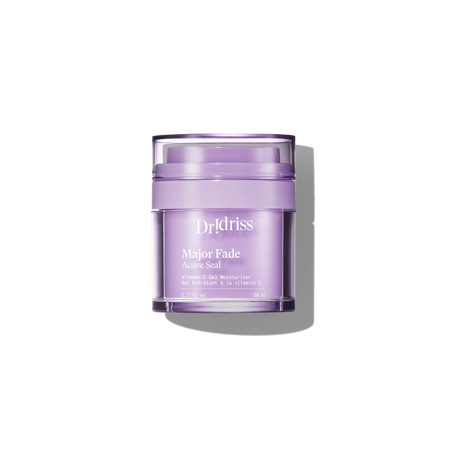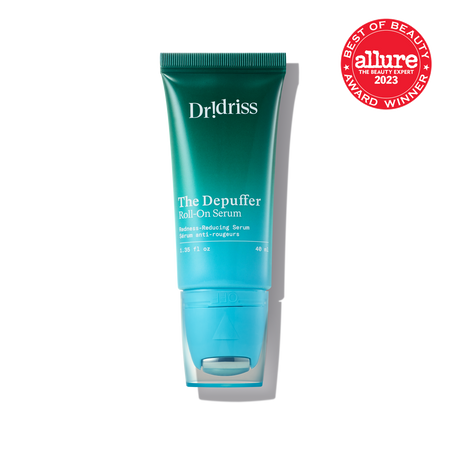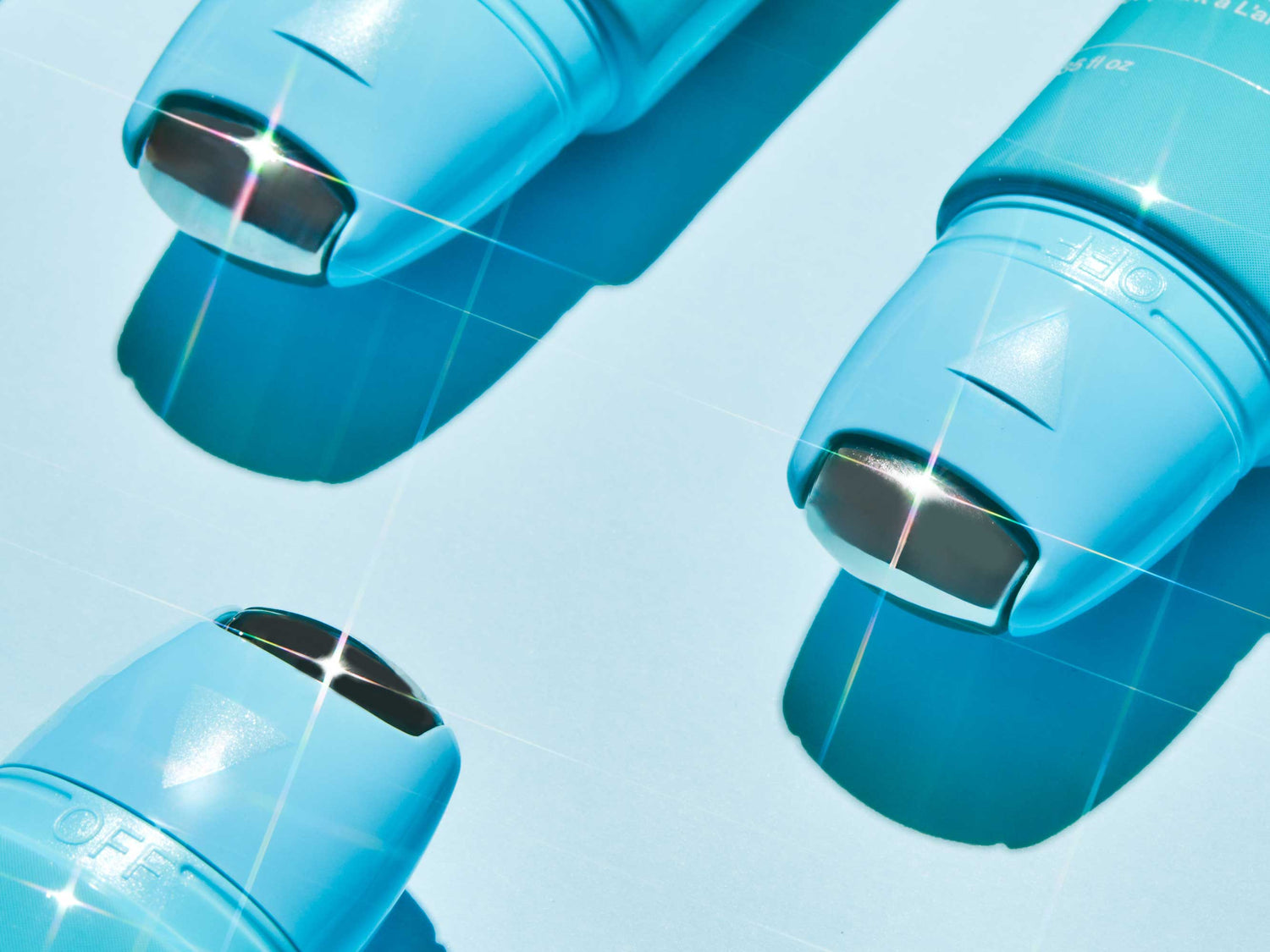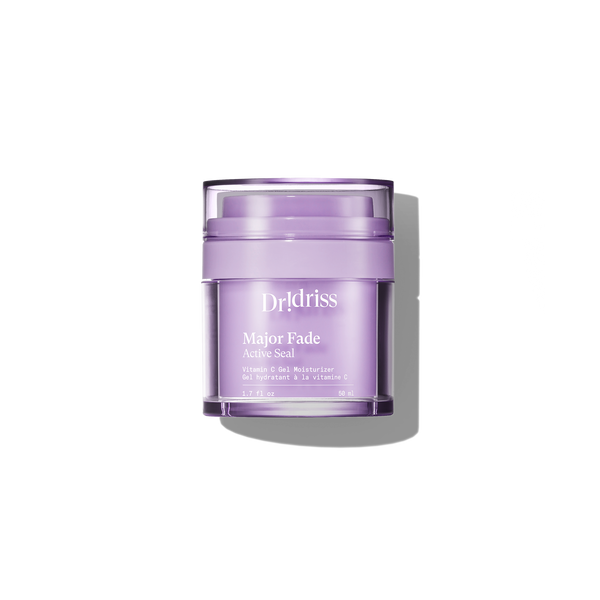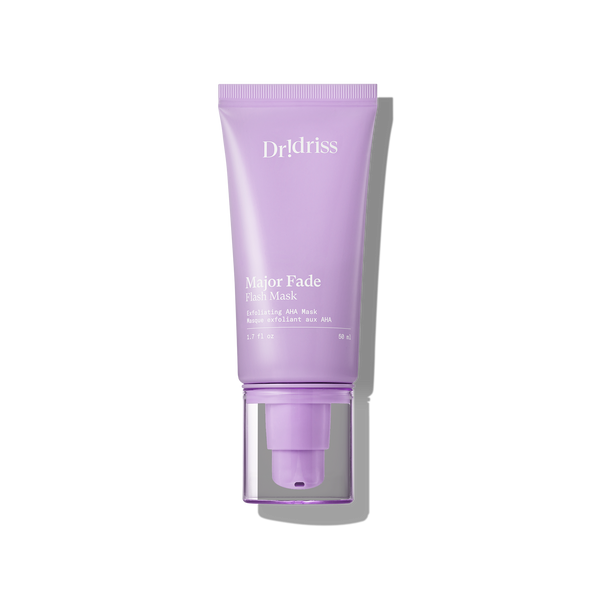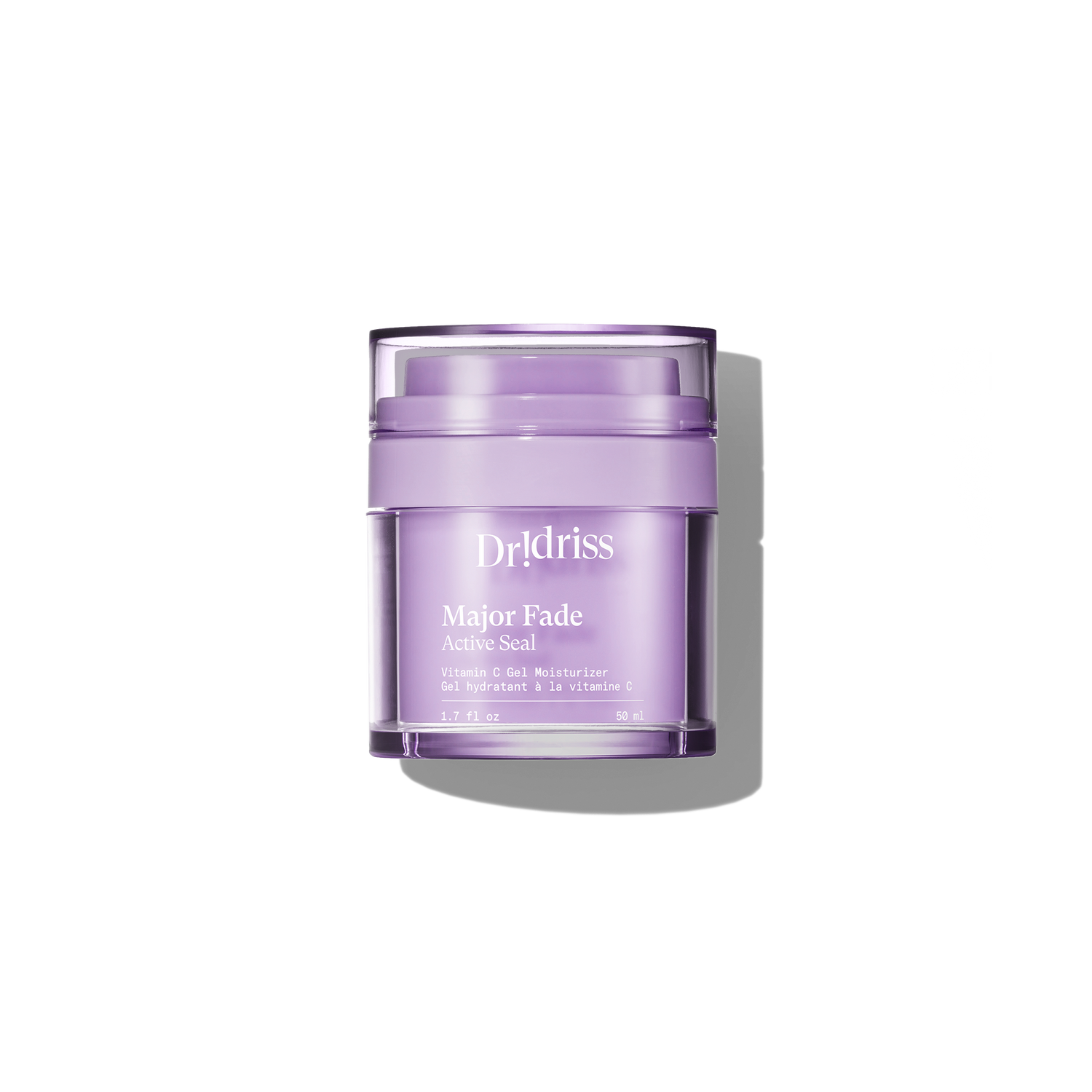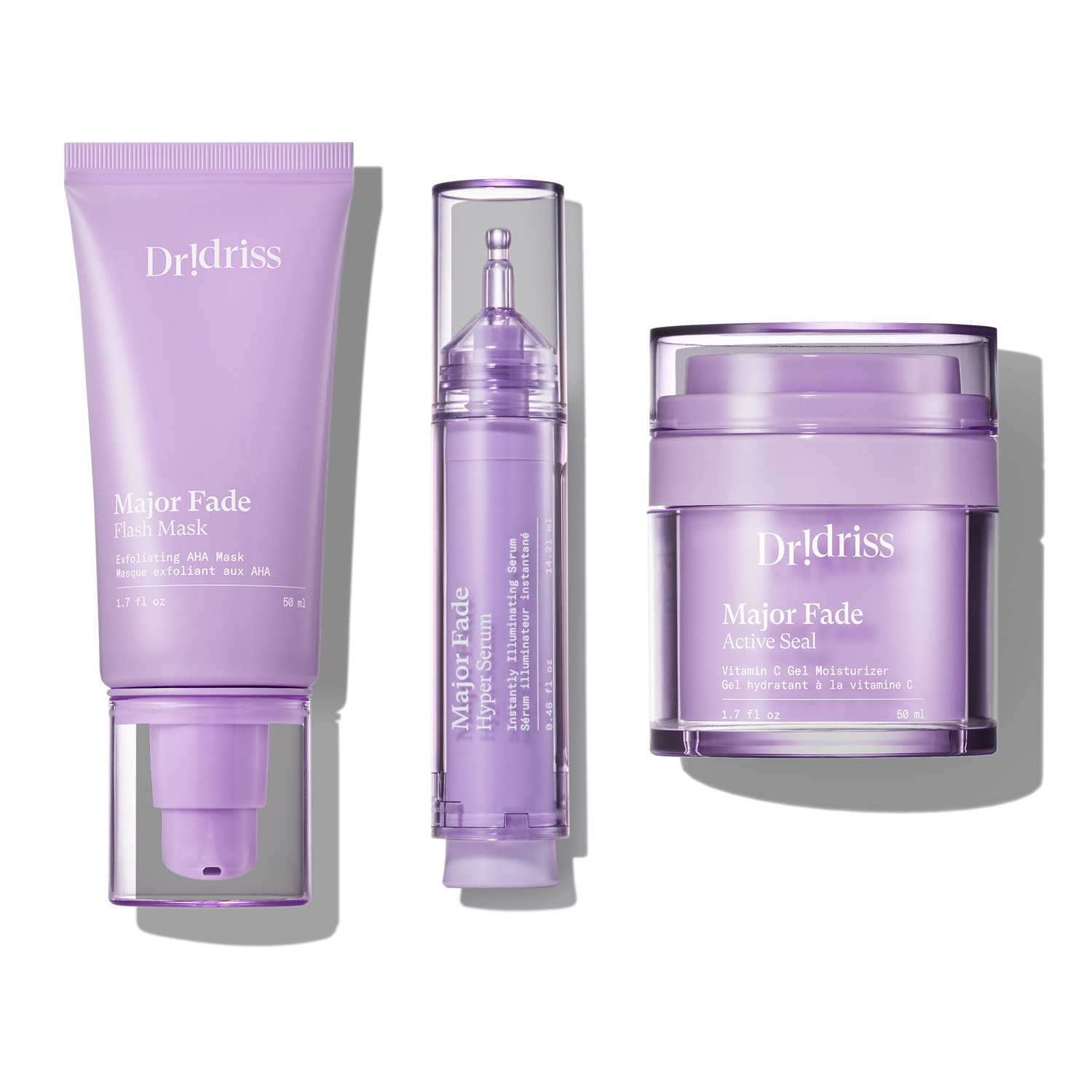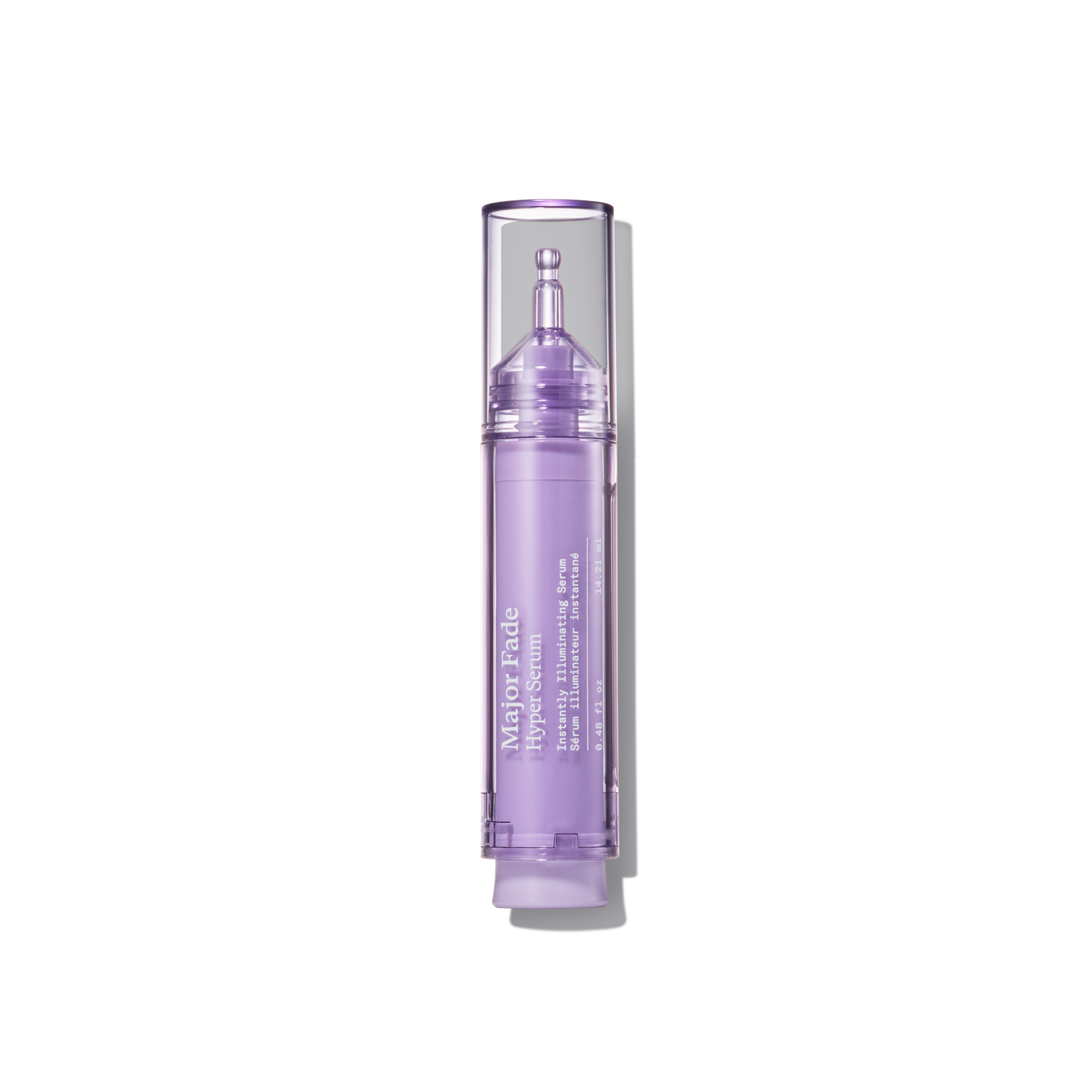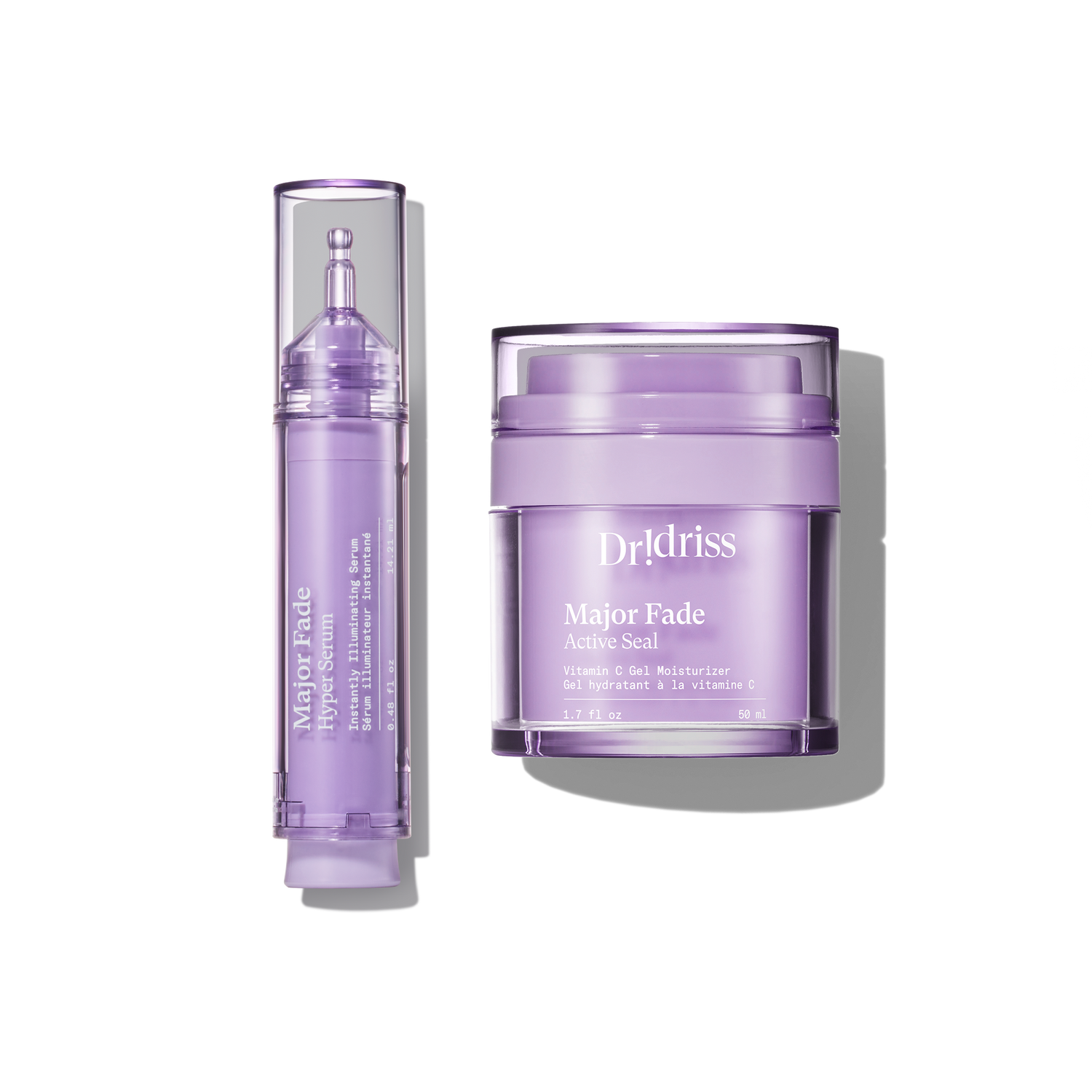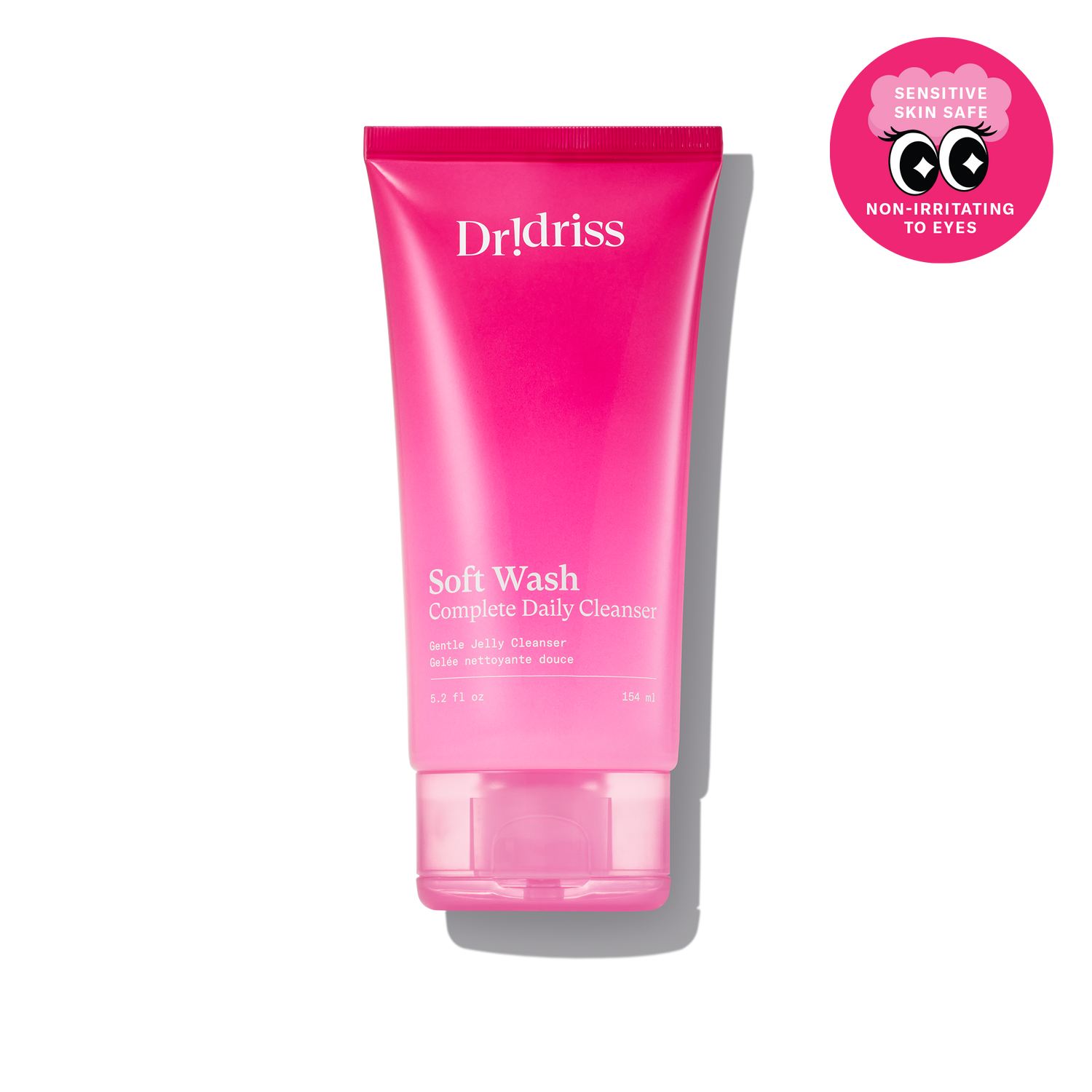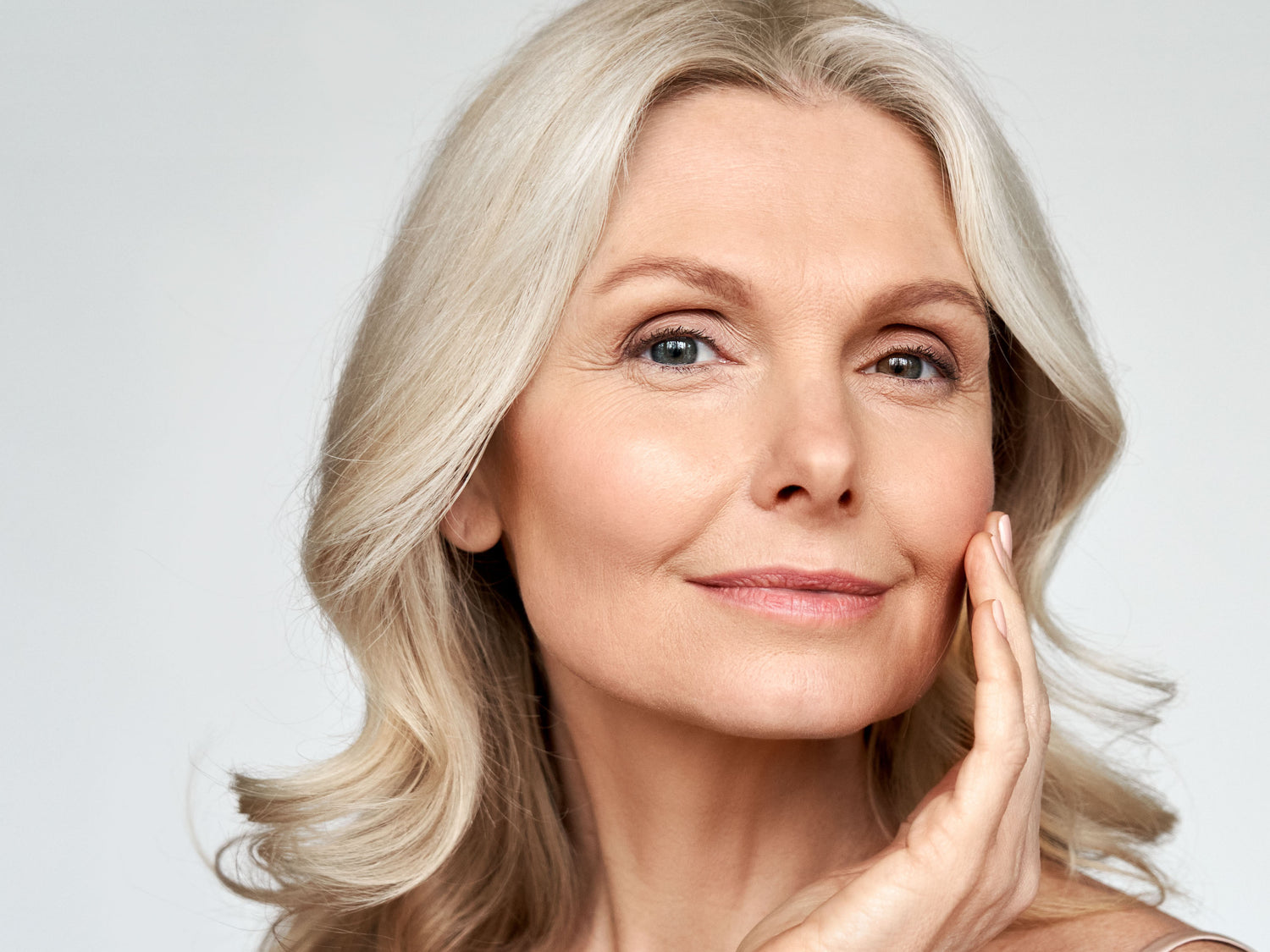
Envision this, you’re a retinol freshman on your way to Ultra or Sephora to finally dip your toes in the retinol pool. You've heard countless online testimonials about the mystical and age-reversing effects of this literal fountain of youth, so you proceed to use it EVERY night (cause who doesn’t want fetus-looking skin?), only for you to catalyze a total skin freakout —
with zits, bumps, redness, you name it, making unwanted cameos. However, social media then tells you that this exacerbation of breakouts is all part of the retinol process, and you must simply soldier through in order to reach your baby skin goals. But is your skin actually purging, or is it having a reaction to a formulation that simply isn’t working for you?...
Before we tackle this head-on, let’s dive into what exactly a skin purge is:
The incorrect definition, which is still perpetuated in the beauty world, is that a skin purge is like a skin detox of sorts that purges the skin of bodily “toxins.” But this is a complete myth as the skin doesn’t eliminate toxins from our bodies - it's our livers, kidneys, lungs, intestines, urine, and doodoos that do. So in hopes to put a stop to any further miscommunications, I would like to present the true meaning of a skin purge:
Skin purging (verb) is a temporary adjustment period that our skin undergoes after being introduced to a retinoid or a hydroxy acid (i.e. a chemical exfoliant). Rarely and momentarily, you will experience some bumps in the road, but this is brief and only lasts three weeks or so, and thereafter, your skin gets better.
So why does your skin get a little bit worse in the process?
The concentration of your retinoid or hydroxy acid plus the pH of your formulation is what determines a purge. And consequently, what a retinoid or a hydroxy acid does is speed up cellular turnover, resulting in your skin shedding skin cells at a much faster pace than it would in a natural 28-day cycle.
Skin purging vs. skin reaction: How do they differ?
Skin reactions involve symptoms of inflammation and irritation that don’t improve over time. In addition to this, you’ll also likely experience inflamed breakouts in areas that you don’t typically break out in. Another distinguishing factor between the two is time - as a skin reaction can last well over six weeks and continue for as long as you introduce and reapply the irritant to your skin.
How to discern if you’re experiencing a purge or a reaction:
- Ingredients that accelerate cell turnover such as retinoids, retinol, AHAs, and BHAs can catalyze a purge, but ingredients like vitamin C will only ever cause a reaction.
- The formulation or the concentration of a product can also play a role. But this doesn’t mean the product itself isn't good, most of the time, it just means it’s not good for you.
How to minimize a purge?
- For retinol first-timers, do not begin with a prescription-strength formulation. Rather, opt for an over-the-counter dose in the lightest concentration.
- To prevent your skin from freaking out, start by incorporating a retinoid twice a week at night and continue to do this for several weeks. Thereafter, you can add an extra night and repeat the process until you build a solid tolerance.
- If you’re really nervous about the severity of a potential purge, you can also limit the number of actives you're using and rather tailor your skincare to tackle one skin concern or goal at a time.
I hope the above has cleared up any and ALL retinol purge confusion. And if you have a few more questions regarding the topic, feel free to share them in the comments section below.

